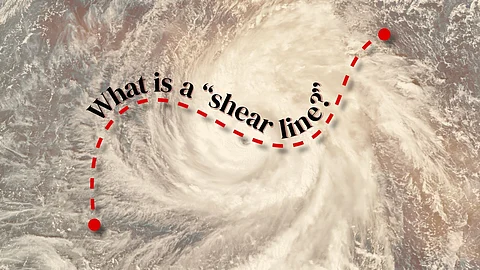
- NEWS
- the EDIT
- COMMENTARY
- BUSINESS
- LIFE
- SHOW
- ACTION
- GLOBAL GOALS
- SNAPS
- DYARYO TIRADA
- MORE

The term 'shear line' has been making waves in local weather reports, particularly in the early months of the year. While warnings have been issued about the risks it poses, the real question is: Has the message been fully understood?
A shear line, according to PAGASA, is a weather phenomenon that occurs when cold and warm winds converge, forming a boundary or narrow zone where two air masses with differing characteristics — such as temperature, humidity, or wind speed—meet. This commonly happens where the Amihan, or Northeast Monsoon, interacts with warm, moist air from the Pacific.
In the Philippines, shear lines are known to cause continuous rainfall, thunderstorms, and sometimes flooding. Though similar to a weak frontal system, shear lines are more typical in tropical regions like the Philippines.
Recently, the heavy rain brought by the shear line has led to significant damage, including flooding and landslides, particularly in Southern Luzon and Eastern Visayas. As the rain continues, these areas remain at high risk of further adverse weather impacts.
So, when you hear the term "shear line" in weather reports, it's a clear signal to start taking precautions—especially if you live in flood-prone or disaster-vulnerable areas. Make sure to secure your belongings and stay updated with weather advisories to stay safe.
